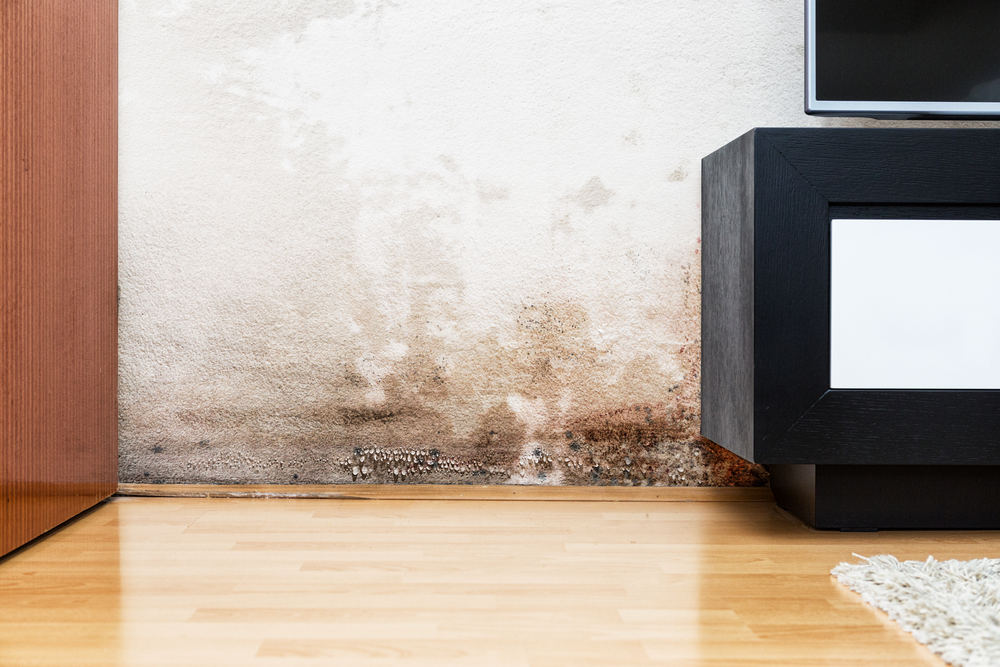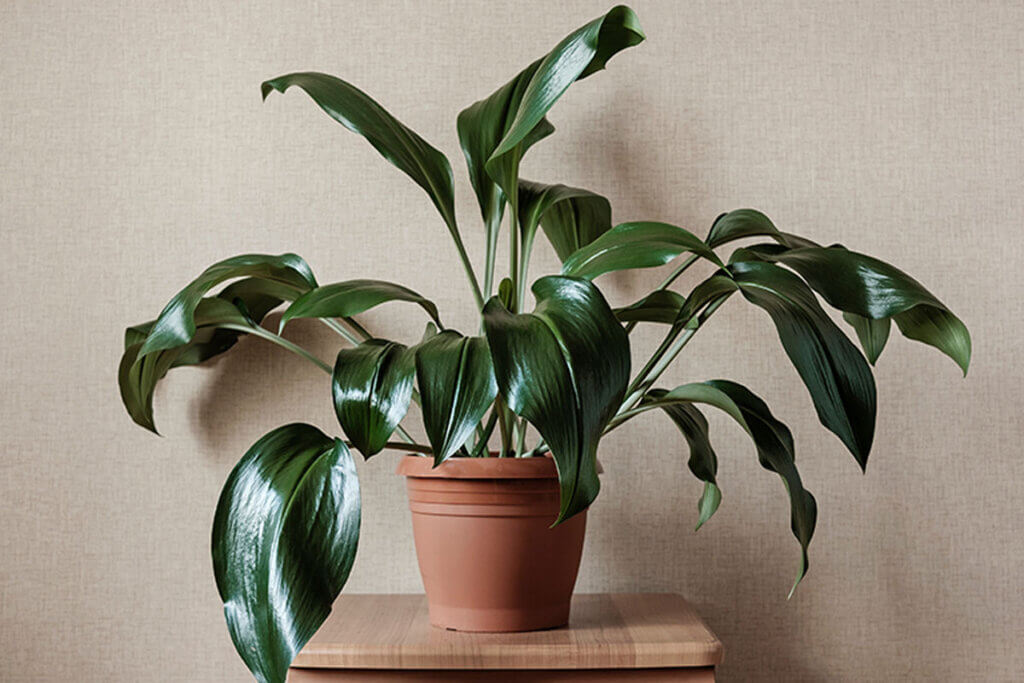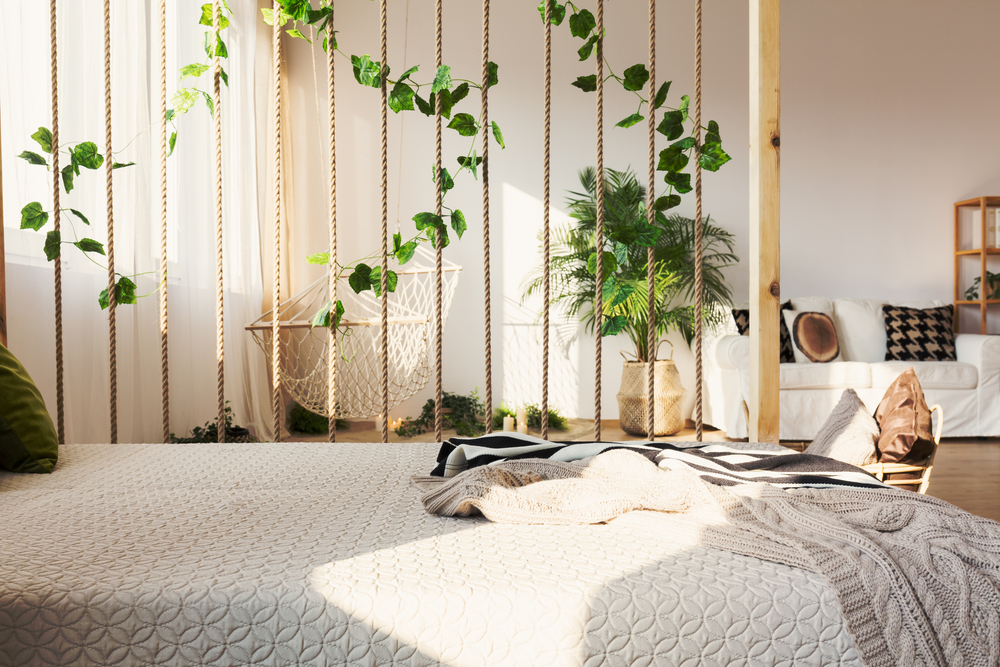Reduce Humidity in Your Home With These Beautiful Plants

If you have problems with excess moisture or dampness in your home, discover the plants that can reduce humidity. Having these plants in your home can make your life more comfortable and benefit your health.
Bad for your health and affecting indoor air quality, humidity can create visible fungus, including small black or orange spots on textiles. To avoid its appearance, keep and grow these indoor plants. As an extra bonus, these plants also look great too! Keep reading to discover more.
Why reduce humidity?

Humidity smells musty. But, no matter how you define its scent, it’s important to work quickly to remove and reduce its effects. This is because, it doesn’t just affect the aesthetics of your home, but also your health and the integrity of your furniture and textiles.
As your health and well-being are more important than any aesthetic aspect, it’s important to understand how having damp in your home can affect you. Below, we’ve listed two of the most common health issues associated with humidity in your home.
Worsens respiratory diseases
Damp is enemy number one for people with respiratory problems. This is because the moisture creates a breeding ground for fungi to thrive. Entering the lungs, fungi can even cause asthma and chronic coughs in healthy people.
Allergies
According to official information, humidity and mold are triggers for allergies and these symptoms include sneezing, a runny nose, and itchy eyes, among others.
Moreover, some people are allergic to the fungi that cause humidity. This means that their immune system is affected, causing symptoms such as breathing difficulties, dry skin, tightness in the chest, and even allergic bronchopulmonary pneumonitis.
Growing these plants can help to reduce humidity
Now that you better understand the risks of humidity, we’re going to tell you about the plants that help to combat and eliminate it. Remember that growing plants isn’t the only thing you should do. You should also ventilate your home and eliminate all the possible causes.
The aspidistra
Despite the lack of flowers, the aspidistra is very showy and beautiful. It stands out for being pet friendly and helping to reduce humidity in homes. It’s easy to care for, so it’s ideal for gardening amateurs. You can grow this species of flora in indoor and outdoor spaces, depending on your preference or need.

Begonias
Begonias are very striking because they bloom in an incredible way and fill any room where they grow with color and joy. In addition to this and its beautiful flowers, it’s ideal to reduce humidity in homes.
It doesn’t require any particular or special care, but in order to maintain the health of the plant, it does need exposure to natural light. It also prefers good ventilation, as well as regular watering.
The Peace Lilly helps to reduce humidity in your home
Continuing along the same lines of flowering plants, we have the Peace Lilly or Spathiphyllum. This plant helps to reduce humidity in homes, as it’s capable of eliminating the fungi that cause it.
Although this plant isn’t high maintenance, in order for your efforts to be more efficient, you must protect it from direct sunlight. It’s also important to water it regularly, using chlorine-free water. Just remember that the Peace Lilly is toxic to pets.
Ivy

Ivy is a climbing plant or vine that in decorative terms, looks beautiful in any home. It can hang from pots or you can grow it against a wall. In addition to looking beautiful, this plant removes moisture and purifies the air.
In order to do its job well, it needs indirect sunlight and regular watering. Just make sure that it’s not within the reach of your pets.
Asparagus
This plant looks like a fern. It’s really quite beautiful and grows well in humid spaces, helping to absorb and eliminate moisture. The asparagus plant is an intense shade of green and to keep it healthy, it requires good exposure to light.
It’s time to choose the best plant for reducing humidity in your home
We’ve explained some of the most common plants to help reduce humidity in your home and the care they need. By following our advice, you’ll be able to choose the best option for your home and your health. This is after considering the available space you have and the time you can devote to its care.
If you have problems with excess moisture or dampness in your home, discover the plants that can reduce humidity. Having these plants in your home can make your life more comfortable and benefit your health.
Bad for your health and affecting indoor air quality, humidity can create visible fungus, including small black or orange spots on textiles. To avoid its appearance, keep and grow these indoor plants. As an extra bonus, these plants also look great too! Keep reading to discover more.
Why reduce humidity?

Humidity smells musty. But, no matter how you define its scent, it’s important to work quickly to remove and reduce its effects. This is because, it doesn’t just affect the aesthetics of your home, but also your health and the integrity of your furniture and textiles.
As your health and well-being are more important than any aesthetic aspect, it’s important to understand how having damp in your home can affect you. Below, we’ve listed two of the most common health issues associated with humidity in your home.
Worsens respiratory diseases
Damp is enemy number one for people with respiratory problems. This is because the moisture creates a breeding ground for fungi to thrive. Entering the lungs, fungi can even cause asthma and chronic coughs in healthy people.
Allergies
According to official information, humidity and mold are triggers for allergies and these symptoms include sneezing, a runny nose, and itchy eyes, among others.
Moreover, some people are allergic to the fungi that cause humidity. This means that their immune system is affected, causing symptoms such as breathing difficulties, dry skin, tightness in the chest, and even allergic bronchopulmonary pneumonitis.
Growing these plants can help to reduce humidity
Now that you better understand the risks of humidity, we’re going to tell you about the plants that help to combat and eliminate it. Remember that growing plants isn’t the only thing you should do. You should also ventilate your home and eliminate all the possible causes.
The aspidistra
Despite the lack of flowers, the aspidistra is very showy and beautiful. It stands out for being pet friendly and helping to reduce humidity in homes. It’s easy to care for, so it’s ideal for gardening amateurs. You can grow this species of flora in indoor and outdoor spaces, depending on your preference or need.

Begonias
Begonias are very striking because they bloom in an incredible way and fill any room where they grow with color and joy. In addition to this and its beautiful flowers, it’s ideal to reduce humidity in homes.
It doesn’t require any particular or special care, but in order to maintain the health of the plant, it does need exposure to natural light. It also prefers good ventilation, as well as regular watering.
The Peace Lilly helps to reduce humidity in your home
Continuing along the same lines of flowering plants, we have the Peace Lilly or Spathiphyllum. This plant helps to reduce humidity in homes, as it’s capable of eliminating the fungi that cause it.
Although this plant isn’t high maintenance, in order for your efforts to be more efficient, you must protect it from direct sunlight. It’s also important to water it regularly, using chlorine-free water. Just remember that the Peace Lilly is toxic to pets.
Ivy

Ivy is a climbing plant or vine that in decorative terms, looks beautiful in any home. It can hang from pots or you can grow it against a wall. In addition to looking beautiful, this plant removes moisture and purifies the air.
In order to do its job well, it needs indirect sunlight and regular watering. Just make sure that it’s not within the reach of your pets.
Asparagus
This plant looks like a fern. It’s really quite beautiful and grows well in humid spaces, helping to absorb and eliminate moisture. The asparagus plant is an intense shade of green and to keep it healthy, it requires good exposure to light.
It’s time to choose the best plant for reducing humidity in your home
We’ve explained some of the most common plants to help reduce humidity in your home and the care they need. By following our advice, you’ll be able to choose the best option for your home and your health. This is after considering the available space you have and the time you can devote to its care.
All cited sources were thoroughly reviewed by our team to ensure their quality, reliability, currency, and validity. The bibliography of this article was considered reliable and of academic or scientific accuracy.
- P. Cabrera Navarro. (1991) Humedad Doméstica y asma bronquial. Archivos de Bronco neumología. Vol., 27, núm., 5. Web: https://www.archbronconeumol.org/es-pdf-S0300289615314897
- Factores Desencadenantes de Asma y Alergias – Moho y humedad. Centro de UNC para la Susceptibilidad y la Salud Medioambiental.







